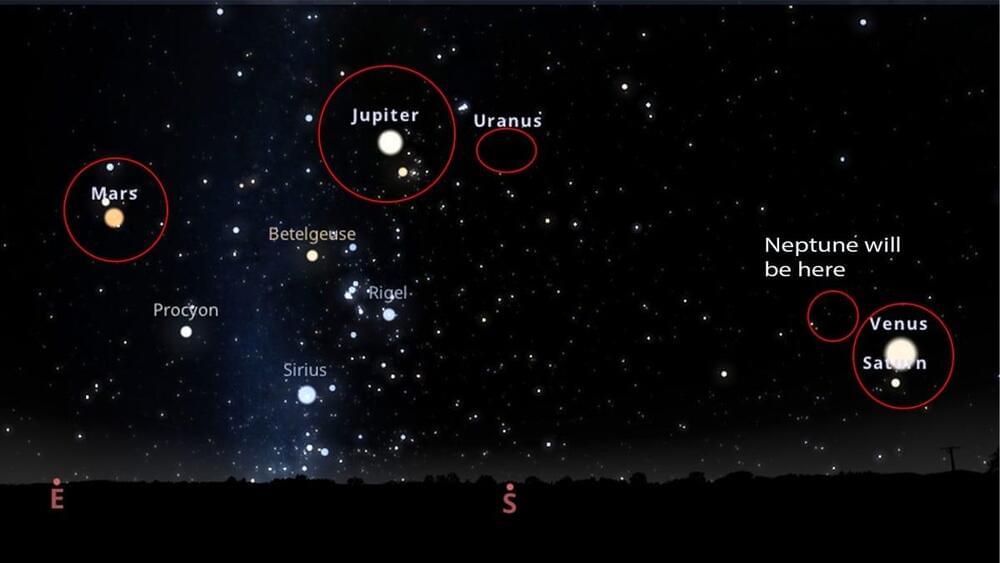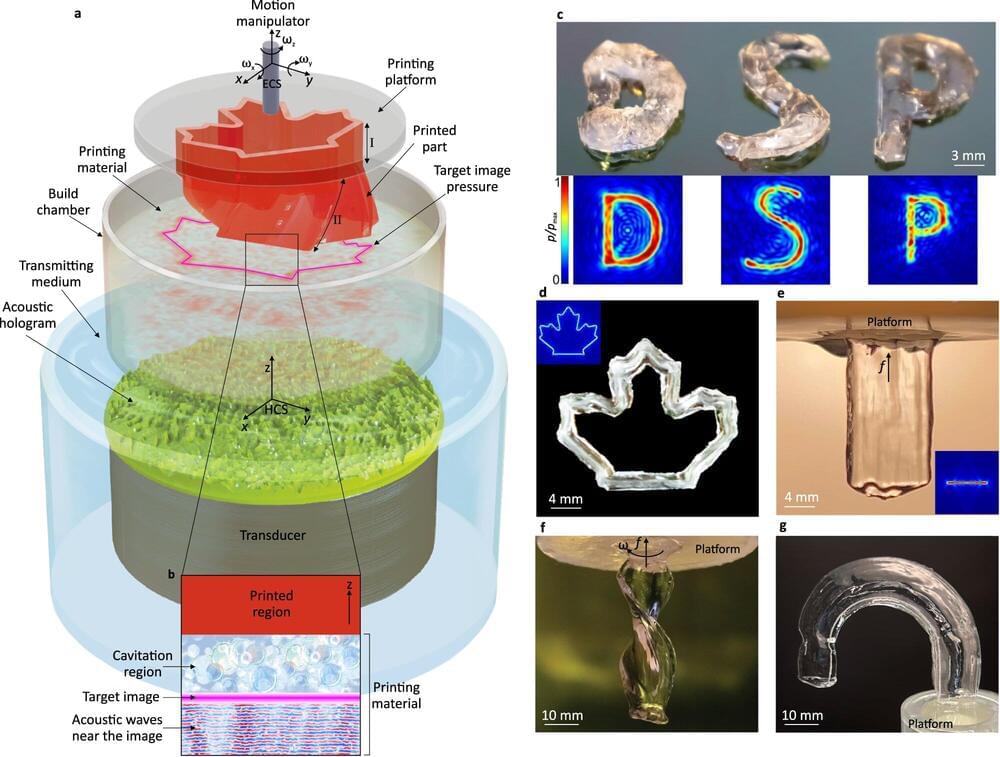Scientists have taken inspiration from the way sunlight passes through clouds to discover an entirely new way of controlling and guiding light.



OpenAI’s senior leaders recently participated in a Reddit AMA session, revealing their future plans and other insights. The session featured Sam Altman (CEO), Kevin Weil (Chief Product Officer), Mark Chen (SVP of Research), Srinivas Narayanan (VP of Engineering), and Jakub Pachocki (Chief Scientist).
Model Development & Releases:
Q: Is there a plan to continue to release models in the “o” series from now on? Will you continue to improve on the “regular” models (e.g., GPT-3, 4, 4o, 5)? Both, or a combination of those?


To prepare for NASAs 31st SpaceX commercial resupply mission, four crew members aboard the International Space Station (ISS) will relocate the SpaceX Crew-9 Dragon spacecraft to a new docking port on Sunday, November 3.
Live coverage will begin at 6:15 a.m. EST on NASA+ and continue through docking completion. NASA content can also be accessed through various platforms, including social media.
At 6:35 a.m., NASA astronauts Nick Hague, Suni Williams, and Butch Wilmore, along with Roscosmos cosmonaut Aleksandr Gorbunov, will undock the spacecraft from the forward-facing port of the ISS Harmony module. By 7:18 a.m., they plan to redock it at the module’s space-facing port.




Cirrhosis, hepatitis infection and other causes can trigger liver fibrosis—a potentially lethal stiffening of tissue that, once begun, is irreversible. For many patients, a liver transplant is their only hope. However, research at Cedars-Sinai in Los Angeles may offer patients a glimmer of hope. Scientists there say they’ve successfully reversed liver fibrosis in mice.
Reporting in the journal Nature Communications, the team say they’ve discovered a genetic pathway that, if blocked, might bring fibrosis to a halt.
The three genes involved in this fibrotic process are called FOXM1, MAT2A and MAT2B.

NASA’s Curiosity rover, currently exploring Gale crater on Mars, is providing new details about how the ancient Martian climate went from potentially suitable for life – with evidence for widespread liquid water on the surface – to a surface that is inhospitable to terrestrial life as we know it.
Although the surface of Mars is frigid and hostile to life today, NASA’s robotic explorers at Mars are searching for clues as to whether it could have supported life in the distant past. Researchers used instruments on board Curiosity to measure the isotopic composition of carbon-rich minerals (carbonates) found in Gale crater and discovered new insights into how the Red Planet’s ancient climate transformed.
“The isotope values of these carbonates point toward extreme amounts of evaporation, suggesting that these carbonates likely formed in a climate that could only support transient liquid water,” said David Burtt of NASA’s Goddard Space Flight Center in Greenbelt, Maryland, and lead author of a paper describing this research published October 7 in the Proceedings of the National Academy of Sciences. “Our samples are not consistent with an ancient environment with life (biosphere) on the surface of Mars, although this does not rule out the possibility of an underground biosphere or a surface biosphere that began and ended before these carbonates formed.”

A pioneering technique shows how sound can be used to create entire objects quickly and at once. Researchers at Concordia have developed a novel method of 3D printing that uses acoustic holograms. And they say it’s quicker than existing methods and capable of making more complex objects.
The process, called holographic direct sound printing (HDSP), is described in a recent article in the journal Nature Communications. It builds on a method introduced in 2022 that described how sonochemical reactions in microscopic cavitations regions — tiny bubbles — create extremely high temperatures and pressure for trillionths of a second to harden resin into complex patterns.
Now, by embedding the technique in acoustic holograms that contain cross-sectional images of a particular design, polymerization occurs much more quickly. It can create objects simultaneously rather than voxel-by-voxel.